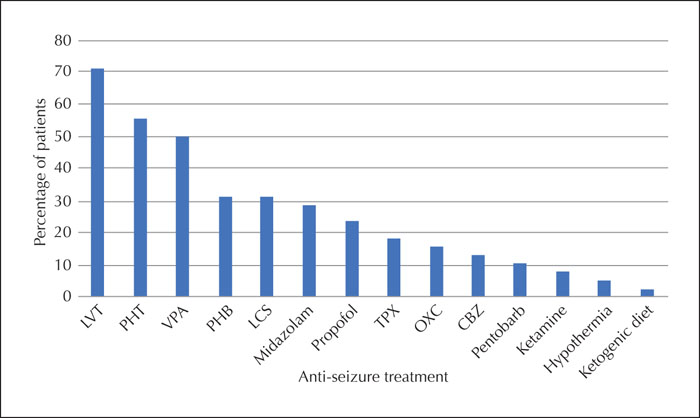Epileptic Disorders
MENUClinical and electrographic features of persistent seizures and status epilepticus associated with anti-NMDA receptor encephalitis (anti-NMDARE) Volume 22, numéro 6, December 2020
Auteurs
Aims
1 WeillCornell Medical Center, New York, NY, USA
2 Icahn School of Medicine at Mount Sinai, New York, NY, USA
3 Columbia University Medical Center, New York, NY, USA
4 Montefiore Medical Center, New York, NY, USA
5 NYU Langone, New York, NY, USA
6 Boston Children's Health Physicians and Maria Fareri Children's Hospital, New York Medical College, Valhalla, NY 10595, USA
* Correspondence: Jacqueline S. Gofshteyn
Weill Cornell Medical College,
1320 York Avenue, Suite 611,
New York, NY 10021, USA
a Authors contributed equally
- Mots-clés : anti-NMDA receptor encephalitis, autoimmune encephalitis, seizure risk factors
- DOI : 10.1684/epd.2020.1218
- Page(s) : 739-51
- Année de parution : 2020
Based on a multicenter cohort of people with anti-NMDA receptor encephalitis (anti-NMDARE), we describe seizure phenotypes, electroencephalographic (EEG) findings, and anti-seizure treatment strategies. We also investigated whether specific electrographic features are associated with persistent seizures or status epilepticus after acute presentation.



